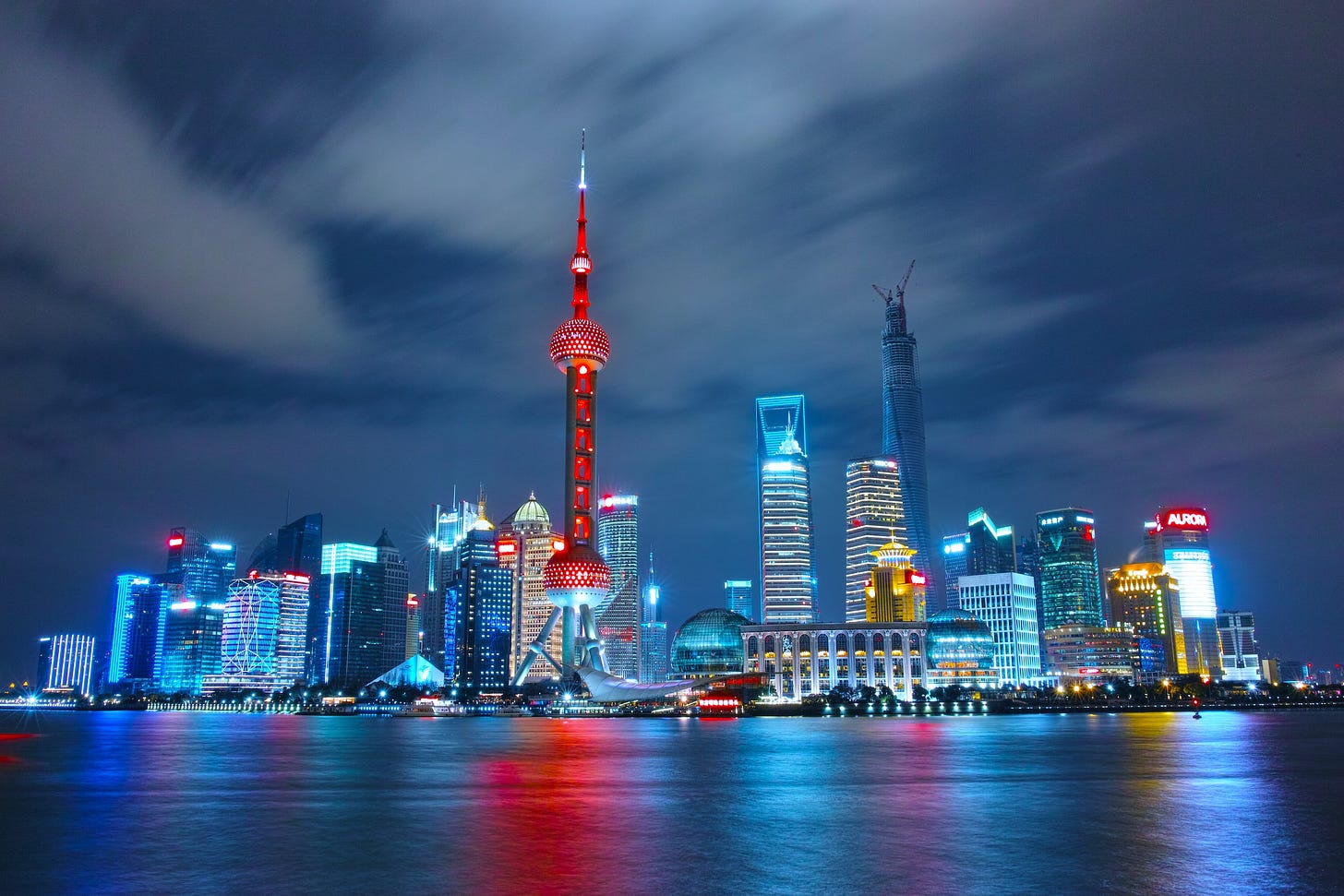Guest post: How the Chinese fixed loadshedding
Two things can boost South Africa's electricity output in 2023
Between 2003 and 2006, China faced rolling blackouts and a power crisis. A recession in the late 1990s collapsed demand for Chinese goods and no power plants were built between 1997 and 1999. When the economy recovered, demand for electricity exceeded supply. Electricity was rationed: loadshedding in all but name.
To fix the problem, China moved quickly. Until then, China had a single power company for the whole country – the State Power Corporation. This single corporation was too complex to manage the electricity demands of the entire country. And so, rather than a single state-owned company to manage all parts of the electricity system, the Chinese chose to create a set of focussed, nimble state-owned enterprises to deal with particular aspects of the electricity supply.
Two new independent transmission companies (one for the north and one for the south) were created to carry the electricity. Generation was transferred to five independent generating companies.
The Chinese realised that transmission is what economists call a “natural monopoly”. It is more efficient if there is a single transmission grid for an area, rather than multiple grids. This part had to remain under state control.
But in generation, the Chinese recognised that in the modern era, generation does not need to be a monopoly. Indeed, smaller generation companies are easier to manage, and the Chinese even allowed for some private sector participation.
The results? Between 2003 to 2006, over 237,500 MW was added to the Chinese grid. To put that in perspective, on 15 January 2023, in the middle of stage 6 loadshedding, Eskom had 24,700 MW available for generation. The Chinese model delivered nearly ten Eskoms in three years.
What are the lessons for South Africa? The Department of Public Enterprises published a detailed roadmap in 2019 for a Chinese-style separation of Eskom into three parts: generation, transmission and distribution. Internally, Eskom is already structured that way. For a variety of reasons, Covid-19 amongst them, the separation has been slow.
In 2023, two things make it possible to do the separation very quickly.
The first is a new CEO. If the government is serious about the separation, it makes little sense to appoint a single new CEO. As an interim step, appoint one CEO and three deputies.
The second is a technical issue related to Eskom’s debt. At the moment, Eskom as a whole is liable for the Eskom debt. The debt holders need to consent any to change in the legal structure. But a share of the debt is going to be transferred to National Treasury, a move which will also require debt holder consent. Debt holders can be asked to approve the transfer of debt and the restructuring at the same time. The legal and technical work in terms of how to do this has all been done. Most debt holders will jump at the chance – a new structure will go a long way to fixing energy problems in the country, and will improve the chances that debt holders will get their interest payments.





Excellent points, Roy.